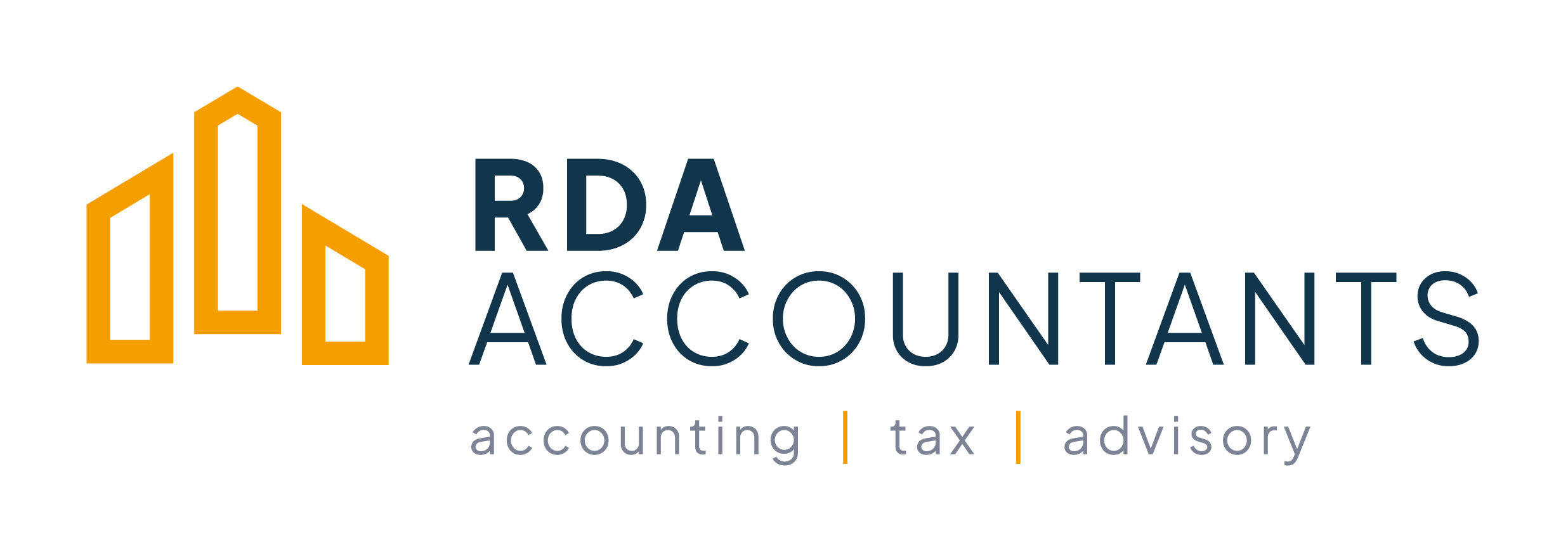With the rise of remote work, the Irish government's new ERR framework specifically addresses the...
Hybrid working is the new term on everyone's lips
The pandemic forced a radical rethink in what was viable when it came to flexible working. In the space of less than 12 months employers who’d been doggedly asserting that working from home was impossible suddenly found that when push came to shove it was not only possible but had certain benefits.
As the focus shifts to a safe return to the office there’s a growing enthusiasm for hybrid working arrangements that combine an office base with remote options. If you’re an employer hybrid working is almost inevitable as we progress through 2021. And if you want to get it right here are some things to consider.
- Hybrid is a policy and your employees need a policy statement. I’ve heard many people talk about hybrid as a ‘way of working’; which is true. But the decision about who can work remotely and for what proportion of time must be a policy one. In practice it will differ from workplace to workplace dependant on what is considered appropriate and suitable. A policy statement will clarify this for your staff.
- A successful hybrid working policy will build on lessons learnt in 2020. The most effective arrangements will be the ones that suit the organisation. And the best way to identify that suitability is to assess what went well in in 2020 and where the challenges lay.
- Training is essential. Managers are likely to need training in how to manage outputs rather than hours worked; and in how to restructure jobs to better fit the hybrid context. And staff will need training in how to manage their work-life balance as hybrid working continues to blur the boundaries.
- Employee wellbeing remains the responsibility of the employer. Research back in 2017 showed only half of employers offered any formal guidance on how to manage work-life balance and how and when to disconnect from the technology. Now is the time to review and upgrade your support for work-life balance.
- Companies should recognise that technology alone is not the primary enabler of a successful remote work culture. Nonetheless, technology can provide the tools which companies can deploy to allow for better remote engagement, communication and collaboration. Email, Slack, Zoom and Microsoft Teams are some of the primary communication tools while teams can also leverage project management technologies such as Trello, Miro, Teamwork or Basecamp to foster sharing and collaboration.
Sonya Gittens Ottley, head of diversity and inclusion at Asana, the collaboration software platform, says businesses must monitor the impact of hybrid work. “Regular employee surveys and assessment of workloads will be key to understanding whether prioritising employee flexibility is coming at the cost of clarity, productivity and employee happiness,”
Hybrid working is a new frontier for many, and we are all learning as we travel along this uncertain but exciting path.

.png?height=200&name=Untitled%20design%20(76).png)